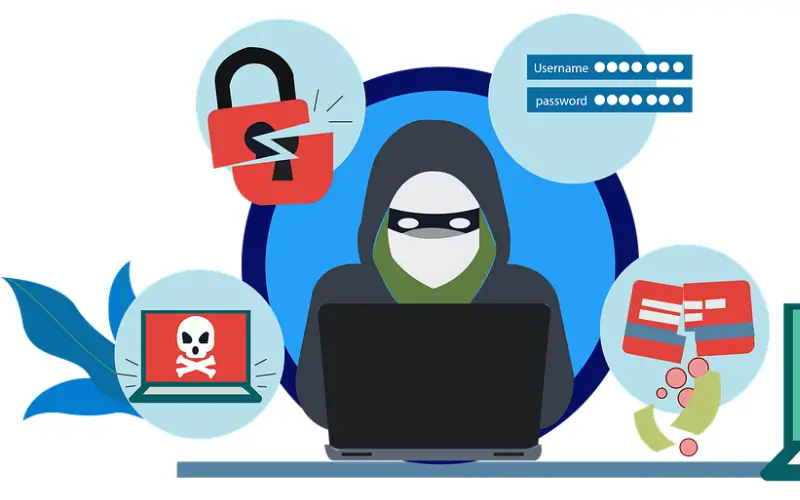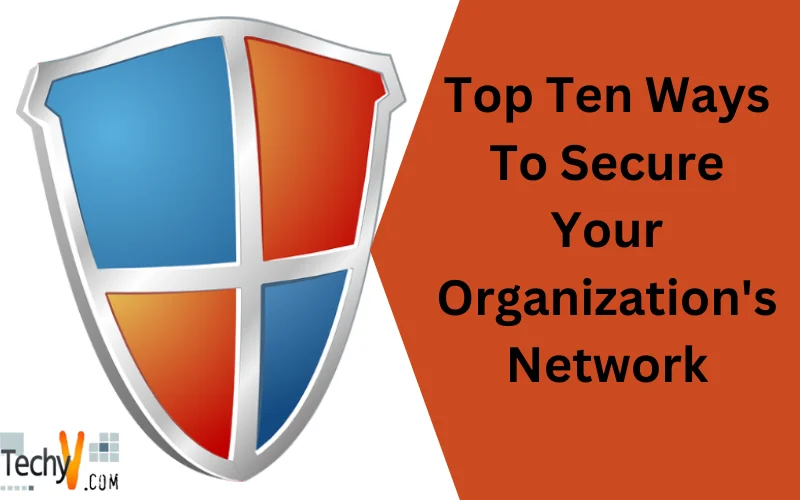In today’s world, many companies. Store the private data of their workers and consumers. It is crucial to ensure the safety of this data. Unfortunately, there are individuals with intentions who attempt to gain access to computer networks. Their goal is to either steal information or cause disruptions. This emphasizes the importance of companies safeguarding their computer systems, which serve as the backbone for work and information exchange in offices. To prevent access and potential harm, these systems need to possess security measures. In this article, we will present a list of the ten steps that organizations can take to fortify their network security. Each idea will be explained in terms of comprehension. By following these guidelines, you can help ensure that your computer networks remain secure and that sensitive data stays out of your hands.
Let’s Learn About How To Protect These Essential Systems
1. Strong Passwords
Creating distinct passwords for each user account plays a role in safeguarding network security. It is recommended to use phrases that incorporate a mix of uppercase and lowercase letters, numbers, and symbols to enhance their resistance against guessing or cracking. For instance, “Dk3#s9T%r6Yh” offers more security than “password123”. Additionally, network security settings should impose minimum password lengths. Mandate periodic password changes every 90 days. To further fortify security measures, administrators can also block used or compromised passwords.

2. Two-Factor Authentication (2FA)
To enhance the security of accounts, like the domain administrator, it is recommended to implement two-factor authentication. This additional layer of protection ensures that simply entering a password is insufficient for logging in. To successfully access the account, users must a secondary verification step, such as entering a code generated by an authenticator mobile app or responding to a notification. By incorporating this step, even if unauthorized individuals manage to obtain login credentials through methods like data breaches, or phishing scams, they will face a hurdle. Two-factor authentication significantly improves account security without causing inconveniences for users.
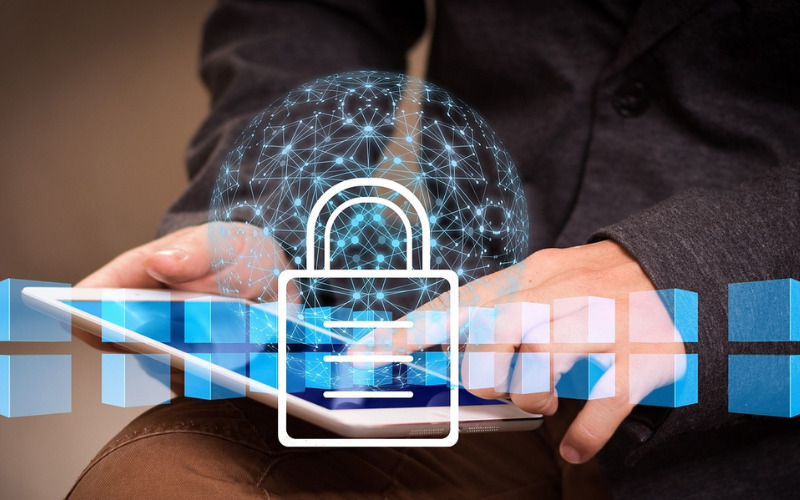
3. Regular Software Updates
It is essential to configure all software and network operating systems to receive security updates. These updates consist of fixes that address vulnerabilities often targeted by cybercriminals. Having outdated systems increases the risk of compromising the network. Before implementing these updates on the production network, administrators should test them in a quality assurance environment to prevent conflicts or disruptions. Regular updates play a role in fixing security flaws and preventing breaches and data theft.

4. Firewall Protection
A firewall serves as a barrier separating your network from the world. It actively Manages outgoing network traffic, effectively filtering out potentially harmful data and preventing unauthorized access. It is crucial to have a firewall in place to ensure the security of your organization’s network.
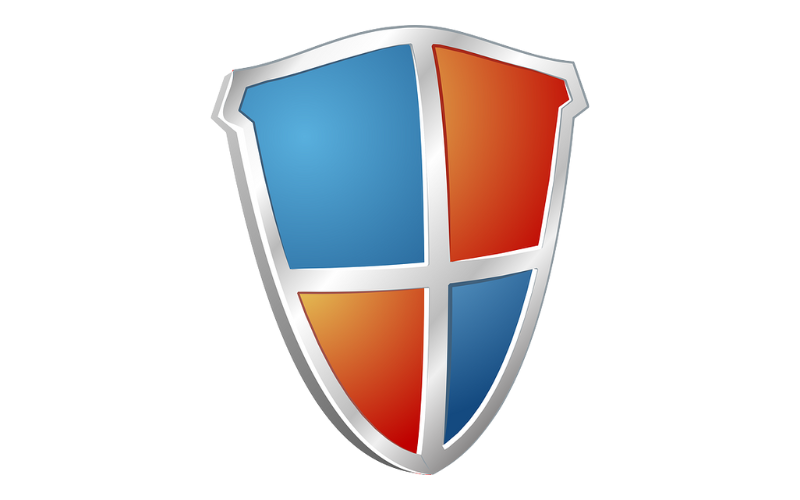
5. Employee Education And Awareness
It is crucial to provide education to employees regarding the practices of cybersecurity. Organize training sessions to raise awareness about threats such as phishing attacks and social engineering. Focus on teaching employees how to recognize emails, avoid clicking on links, and promptly report any security incidents that may occur.

6. Data Encryption
To ensure the privacy of data, it is essential to encrypt it. Encryption helps to keep the data secure even if someone gains access. It is recommended to use validated algorithms for encrypting all data stored on networks and when sending it outside the organization. For data at rest, such as on drives or removable media, it is necessary to encrypt the entire storage using encrypted volumes or file/folder encryption. When transmitting data over networks, encryption should be used to protect it while in transit. Key management and encryption policies should follow industry practices. Comply with relevant regulations. By implementing encryption, intruders will not be able to access information, like records, health data, intellectual property, or customer records, even if network security defences are breached.
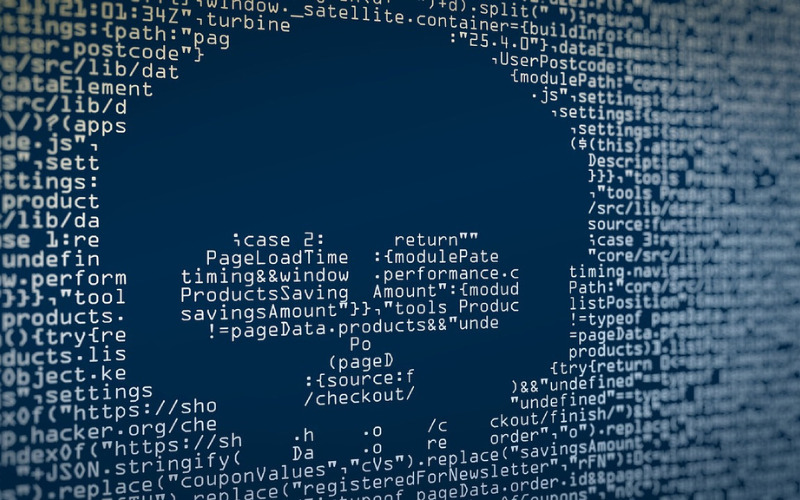
7. Regular Data Backups
To prepare for a potential ransomware attack, natural disaster, or accidental data loss, a comprehensive backup and disaster recovery plan is crucial. All important production data and system configurations should be backed up daily to a secure off-site location. This includes files, databases, system images, virtual machines, and other assets necessary to restore operations. The backup media and sites must be adequately protected with strong access controls and encryption. Backups should be tested periodically by restoring sample files and data from backup media to validate the process works as intended. Logs must be reviewed regularly to ensure backups are completed successfully and storage limits are not exceeded. With reliable backups, an organization can recover from incidents efficiently and minimize downtime.
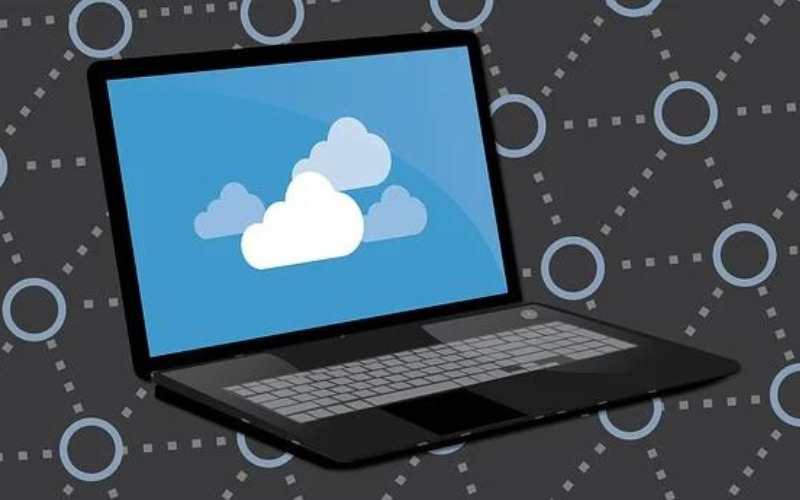
8. Network Segmentation
Separating network segments isolates traffic and limits the spread of threats. VLANs, firewalls, and routing should segregate users, servers, IoT devices, and other systems into logical segments based on criticality and function. For example, user workstations may be separated from payment processing systems and sensitive R&D servers. Firewalls then control traffic between components, restricting it to authorized ports and protocols as needed. If one part is compromised, others remain protected. This reduces the attack surface and makes network management and monitoring more efficient. Regular reviews ensure appropriate segmentation is maintained as network use changes over time.

9. Intrusion Detection And Prevention Systems (IDPS)
Intrusion Detection and Prevention Systems (IDPS) play a role in monitoring networks and preventing attacks. It is crucial to update the system with signatures and behavioral rules to stay ahead of emerging threats. The IDPS should continuously analyze outgoing network traffic, checking packets for any known patterns or unusual behavior. Alarms should be promptly reviewed to investigate and address any security incidents. When integrated effectively with measures, as part of a comprehensive approach, IDPS can successfully identify intrusion attempts that might bypass other controls and mitigate potential damage. Additionally, it is essential to retain logs for a period to allow for analysis if necessary.

10. Regular Security Audits
Continuous assessment and improvement are vital for maintaining a robust security posture. Regular external penetration testing and internal audits evaluate the effectiveness of controls and identify new vulnerabilities or gaps to address. All findings warrant remediation plans and validation of fixes. Security professionals use techniques like social engineering attempts and technical exploits to test people, processes, and technologies from an attacker’s perspective. They also assess incident response capabilities and compliance with policies, standards, and regulations. Both external and internal audits provide an objective view to strengthen the defence and keep personnel vigilant against threats.
